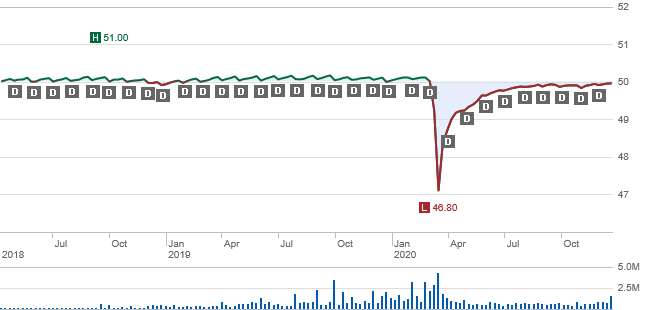mitchjav
Recycles dryer sheets
Wondering what is typical for people in managing asset allocations for bonds -
for example - do those with a 60/40 AA, distinguish what type of bonds or bond funds make up that 40% - x% Government bonds, x% Corporate bonds, x% Munis, x% Global bonds, ...
For equities, I think, large-cap, small-cap and international allocations are pretty typical, but don't really know about bonds. Today I'm 60/40 and the 40% is broken down between domestic bonds (of all types) and a small holding in global bonds - should I be being more rigorous in allocating these bond types?
for example - do those with a 60/40 AA, distinguish what type of bonds or bond funds make up that 40% - x% Government bonds, x% Corporate bonds, x% Munis, x% Global bonds, ...
For equities, I think, large-cap, small-cap and international allocations are pretty typical, but don't really know about bonds. Today I'm 60/40 and the 40% is broken down between domestic bonds (of all types) and a small holding in global bonds - should I be being more rigorous in allocating these bond types?

